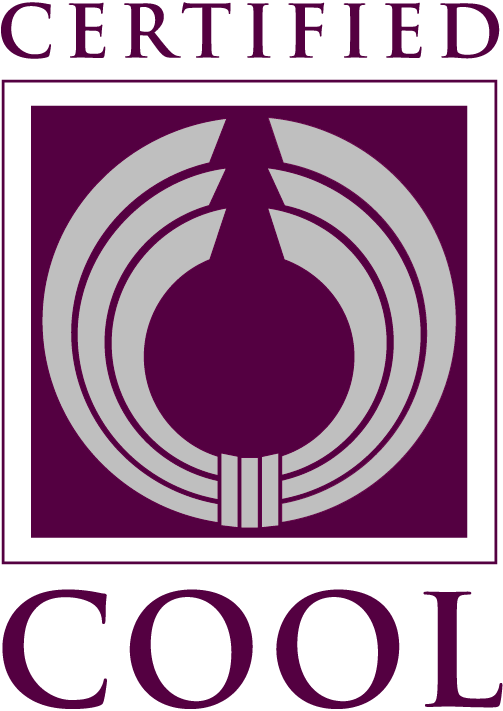Set up developer groups
With the RAD methodology you have to split the work by responsibility.
It is important to set up groups of developers that will be able to handle a
whole part of the project, from the design to the test.
In Obsydian this methodology can produce good results,
Object oriented tools does not deal very well with the layers of
responsibility, instead better results can be achieved if each one are
responsible for the objects he creates in whole, not only for the design or
for the functions. ...
- Small groups developers, even singles
- Figure out special ability of each group
- Multi skilled team
|
|
RAD, Rapid APPLICATION Development,
NO PROTOTYPES
This is what Obsydian delivers
You donít create prototypes with Obsydian
Avoid the layers of knowledge that prevent the knowledge to completely go through, you always loose some part when telling it to somebody else, end even if not may be the person you are talking to will not understand it all or the importance of a little detail.
Do not keep the same skills together in groups.
No values are added if you keep skills together.
Even if it might seem smart to keep skills together to achieve the goal quicker, your developers will get generally much stronger and learn a lot of in the groups there are different skills and so different approaches to solve the same problem.
The groups will be more effective
|

 Managing Projects with Obsydian
Managing Projects with Obsydian





 Home page
Home page